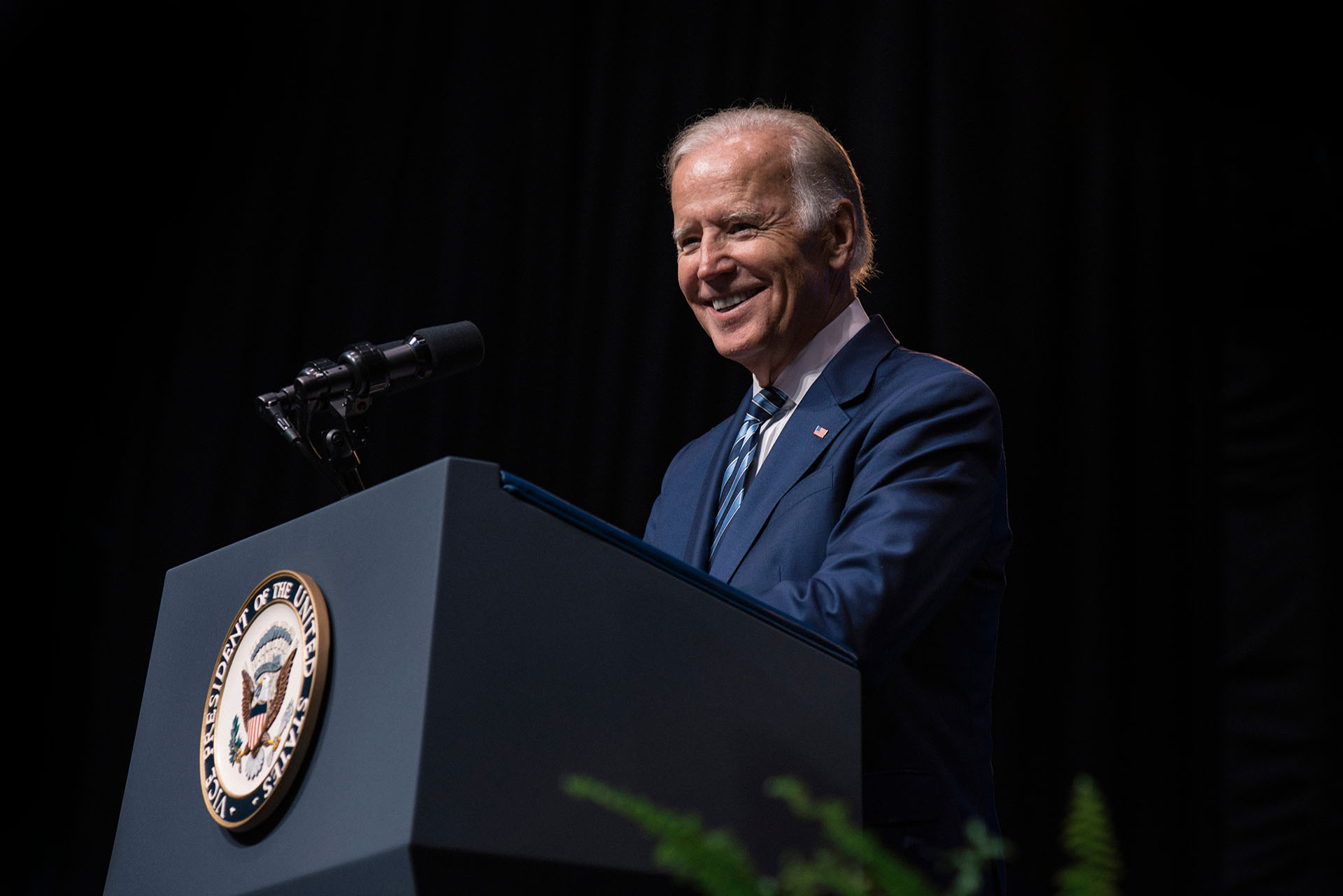Earlier this year, it looked like the midterm elections of November 8, 2022 would reverse the 2018 trend when former president Donald Trump’s Republican Party lost their majority in the House of Representatives. According to polls taken earlier in 2022, a voter rebellion against President Joe Biden looked set to eliminate the Democratic Party’s slim majorities in both the House and the US Senate. But over the summer things started to shift. A look at the Bertelsmann Stiftung’s SGI 2022 US Report illuminates why the 2022 midterms have become more difficult to read, even if historical patterns suggest that the ruling party tends to lose seats.
Compared to a range of other industrial countries, the SGI 2022 shows that the US remains a weak performer in terms of sustainable policies in general (rank 33 out of 41 nations) and it receives middling scores overall (rank 22) with regard to economic policies – a topic which looms large for almost every US voter.
Will American Democracy Perish Like Rome’s?
The SGI 2022 US Report explains that “GDP growth bounced rapidly back, returning to robust levels in 2021,” which coincides with the first year of the Biden administration. Massive emergency spending, which had already started under former president Trump, “included payments to individuals and firms, as well as expanded tax credits and unemployment benefits”. Based on the SGI findings on economic performance, while the incumbent president’s party could be vulnerable, slight increases in some policy indicators since the Trump years, especially economic measures, also suggest that the incumbent majority party is unlikely to face a thumping defeat.
The party polarization indicator of SGI – where the US is ranked as the most polarized country – makes it plausible that both sides of a politically divided voting public feel energized in this election year, albeit for different reasons. Democrat optimism regarding their party’s chances to contain losses is driven by the recent Supreme Court decision Dobbs v. Jackson Women’s Health Organization that ended the nationwide constitutional right to abortion that had existed since the Roe v. Wade decision of 1973. At least initially, the Dobbs decision had a significant energizing effect, especially on women, steering them towards Democratic candidates. In contrast, polls taken until the early fall of 2022 seemed to indicate that Republican-leaning conservative voters in small-town America may have felt complacent after the success of the conservative movement’s decades-long effort to strike down Roe v. Wade.
The Trump effect
Former president Trump remains a central, and polarizing figure. Trump continues to claim falsely that the 2020 election was stolen and he has remained in the public gaze amid Congressional investigations into the January 6, 2021 attack on the Capitol and his handling of classified documents. As a consequence, Democrats’ campaigns focus on perceived threats to US democracy by Trump and his followers. From the perspective of SGI 2022, this strategy is obvious, but not risk-free. While the report states that there is “increasing tension over the conduct of elections”, and “voting rights have become a contested issue, with the Republican party seeking to suppress low-income and minority votes”, it is also true that Democrats have failed to pass a major voting-rights act through Congress despite their majority. The United States falls into the upper-middle ranks (rank 15) in terms of democracy quality.
The Next Surge of Trumpism
Meanwhile, the Republican electorate is reveling in President Biden’s approval ratings of well below 50 percent, though ratings are not as low as it was a few months ago. In the polls, it is inflation, not abortion or democracy, that tops potential voters’ concerns. Recent economic data—which showed ongoing inflation—will keep it there. Nearly every US household is grappling with higher costs, energy and gasoline prices. But only Republican-leaning voters see inflation as the number one issue, blaming it squarely on Joe Biden and the Democrats. For Democrat-leaning voters, however, inflation is important but does not top the agenda, seen instead in the context of global economic disruptions following the Covid-19 pandemic and the war in Ukraine. For these voters, abortion rights for women after the Dobbs decision is the top issue. The number two and three issues for Republican-leaners are immigration/border control and rising crime. For the Democrat-leaning constituencies these topics matter less. For them, a close second after abortion rights is saving US democracy from the perceived attack by MAGA-Republicans, followed by health care.
It’s the economy, stupid
But the mobilization of white suburban Republican and independent women who may be worried about the cost of living, school decisions or rising crime could neutralize or offset the impact of those who are mobilized by abortion and the threat to US democracy. As a consequence, Republicans aim to focus voters’ attention on crime and immigration and away from abortion. Meanwhile, rising prices and inflation remain a factor everywhere and will ultimately decide at least the House elections.
In sum, the midterms are more than just a referendum on President Biden. A few weeks before election day, predictions of sweeping Republican gains have been tempered by the changing political climate, thanks in large part to the Dobbs decision, although the Republicans remain favored to take control of the House. In the final weeks, amid economic jitters, elections could turn on how much sustaining energy the Dobbs decision provides for Democrats or whether it fades in the face of so-called “kitchen table” concerns.
What happens now in 2022 will also lay foundations for the presidential elections of 2024. If Trump-backed Republican Senate candidates like Herschel Walker in Georgia or J.D. Vance in Ohio do badly on November 8, 2022, Trump is less likely to be nominated as their 2024 presidential candidate. If Governor Ron DeSantis of Florida is re-elected as governor of the sunshine state for a second term, this will give him momentum for a likely bid for the White House. Conversely, if the Democrats manage to keep their Senate majority and win statewide races for governor and/or the Senate in crucial presidential battlegrounds like Michigan, Wisconsin or Pennsylvania, it would likely fuel confidence for a President Biden re-election campaign for 2024. On the other hand, if the Democrats fare badly in the midterms and other state elections on November 8, 2022, the current president faces rising pressure not to seek a second term.
[We thank the Sustainable Governance Indicators (SGI) project of the German Bertelsmann Foundation for this piece.]
The views expressed in this article are the author’s own and do not necessarily reflect Fair Observer’s editorial policy.
For more than 10 years, Fair Observer has been free, fair and independent. No billionaire owns us, no advertisers control us. We are a reader-supported nonprofit. Unlike many other publications, we keep our content free for readers regardless of where they live or whether they can afford to pay. We have no paywalls and no ads.
In the post-truth era of fake news, echo chambers and filter bubbles, we publish a plurality of perspectives from around the world. Anyone can publish with us, but everyone goes through a rigorous editorial process. So, you get fact-checked, well-reasoned content instead of noise.
We publish 2,500+ voices from 90+ countries. We also conduct education and training programs
on subjects ranging from digital media and journalism to writing and critical thinking. This
doesn’t come cheap. Servers, editors, trainers and web developers cost
money.
Please consider supporting us on a regular basis as a recurring donor or a
sustaining member.
Support Fair Observer
We rely on your support for our independence, diversity and quality.
Will you support FO’s journalism?
We rely on your support for our independence, diversity and quality.






